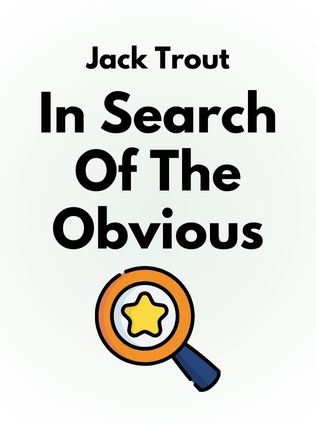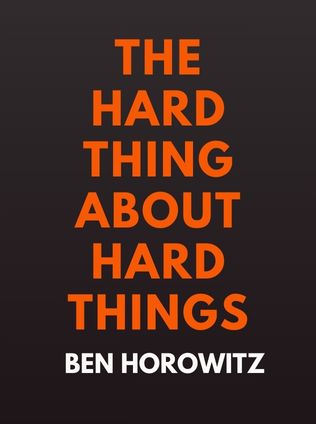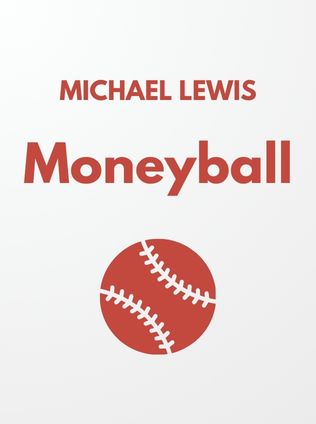
In Search of the Obvious
The Antidote for Today’s Marketing Mess
By Jack Trout
Published 10/2008
About the Author
Jack Trout, a leading figure in the marketing world, is the president of Trout & Partners, a prestigious marketing firm with a global presence in 13 countries. He is renowned for his groundbreaking contributions to marketing, having authored several classic books including Differentiate or Die. Trout's expertise lies in identifying and articulating simple yet powerful marketing strategies that cut through the noise of modern business practices.
Main Idea
In In Search of the Obvious: The Antidote for Today's Marketing Mess, Jack Trout addresses the current crisis in marketing. He asserts that despite the critical importance of marketing in today's competitive landscape, the field is mired in complexity and jargon. Trout advocates for a return to simplicity, urging marketers to focus on clear, obvious ideas that resonate with consumers. These ideas, he argues, are often overlooked in favor of more complicated strategies that fail to connect.
Table of Contents
- Introduction
- The Best Book on Marketing
- Five Tests of Obviousness
- Common Sense as a Guide
- Barriers to Obvious Marketing
- The Role of the CEO
- Wall Street's Impact on Marketing
- The Internet's Role
- The Advertising Problem
- The Marketing People Problem
- Fixing the Ad Industry
- Marketing Process Simplified
- Survival Tips in Marketing
- Solution vs. Direction
- Leadership and Differentiation
- Ground Rules for Obvious Strategy
- The Future is Never Obvious
The Best Book on Marketing
Trout introduces the book Obvious Adams: The Story of a Successful Businessman by Robert R. Updegraff as the best marketing book ever written. This 1916 book, only 40 pages long, encapsulates the essence of effective marketing: simplicity and obviousness. Trout emphasizes that the search for any marketing strategy should be the search for the obvious, echoing Updegraff's belief that "the trouble is, the obvious is apt to be so simple and commonplace that it has no appeal to the imagination."
Five Tests of Obviousness
The First Test: Simplicity
An obvious solution is nearly always simple. If an idea is clever, ingenious, or complicated, it likely isn't obvious. As Updegraff wrote, "The obvious is nearly always simple - so simple that sometimes a whole generation of men and women has looked at it without even seeing it."
The Second Test: Human Nature
An idea must align with human nature. If it can't be easily understood and accepted by everyone, it probably isn't obvious. Ideas should resonate with people free from professional or technical knowledge.
The Third Test: Clarity on Paper
Write out the idea in simple words. If the explanation becomes long or involved, it isn't obvious. No idea is obvious unless it can be understood by people of average intelligence.
The Fourth Test: Mental Explosion
An obvious idea should cause an "explosive" reaction in people's minds. If people immediately see the value and wonder why they didn't think of it before, the idea is likely obvious.
Sign up for FREE and get access to 1,400+ books summaries.
You May Also Like
The Lean Startup
How Today's Entrepreneurs Use Continuous Innovation to Create Radically Successful Businesses
By Eric RiesWho Moved My Cheese?
An Amazing Way to Deal with Change in Your Work and in Your Life
By Spencer Johnson, M.D.Make Your Bed
Little Things That Can Change Your Life...And Maybe the World
By William H. McRavenThe Ride of a Lifetime
Lessons Learned from 15 Years as CEO of the Walt Disney Company
By Robert IgerThe Hard Thing About Hard Things
Building a Business When There Are No Easy Answers
By Ben Horowitz



















